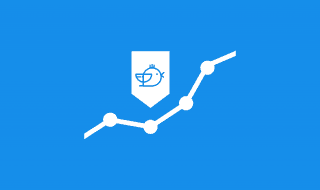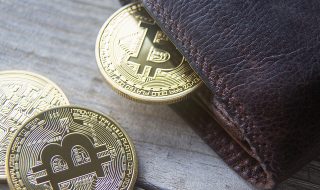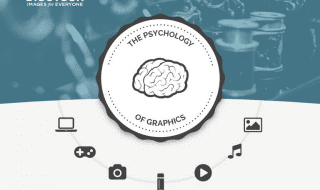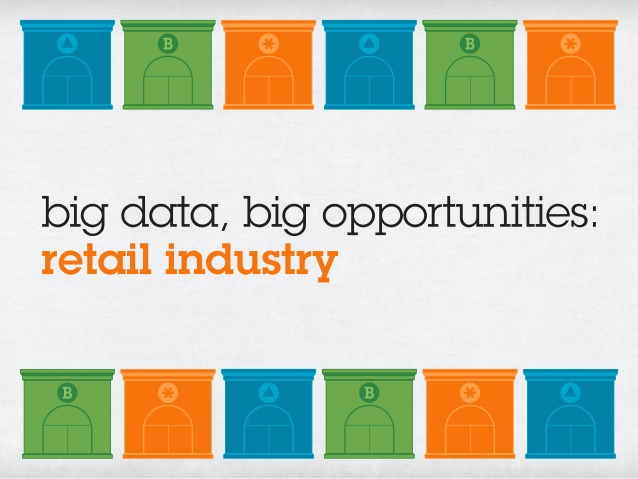
Before the web, cookies, and tracking were common, getting a data set big enough to help you see the buying trends and shopping habits of your customers took a lot of work. You had to employ dozens of people to make survey calls, run focus groups, etc. And, if you were lucky you got around a third of the people you approached to agree to help you out. Today, bots do all of that work for us.
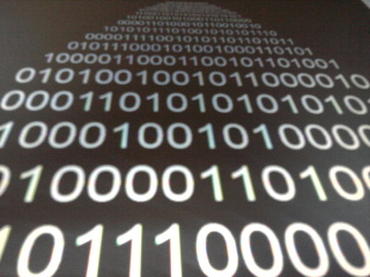
Big data is a competitive advantage companies can no longer ignore
In addition to learning discovery patterns, we can also track our customers’ buying habits, how they navigate our websites, etc. Big data is now so common many of us take it for granted. Or, we were, until the Internet of Things came along and revolutionized our businesses all over again.
While big data helped us focus on customer service and retention, the Internet of Things – aided by artificial intelligence – helps us better manage our businesses so that serving our customers is easier. When managed properly, it can also help us reduce costs and improve our profits. This is true for traditional retail stores and restaurants alike.
According to the experts at Fathym, IOT retail solutions can:
“[Help] managers of large restaurant or retail chains can significantly cut costs and allow them to prevent disasters before they happen…Before the Internet of Things, restaurants and retail businesses would lose considerable amounts of money on small operational problems that can be tracked and monitored by sensors. These include situations such as the lights being left on overnight, the oven hood left up, or the back door propped open. All of these small things easily add up to big losses.”

Big Data in Retail: Examples in Action
The Internet of Things can also help restaurants manage inventory, supply management, customer flow and shift management. For instance, if you’re having a big run on a specific dish, your Point of Sale system can coordinate with your inventory management system to make sure that the ingredients used in that dish are on your order list for the next day. It takes away any worry of running out of supplies and not being able to offer a popular dish for a day or two.
Your cafe can also be helped immeasurably by the strides the IoT industry is making in the fields of food safety. IoT-enabled refrigerators, thermostats, and other equipment can work together to help your staff keep from accidentally spoiling produce or serving food that is past its expiration date. These machines do this by tracking what is delivered, when it is delivered and coordinating that with data about how to safely manage that food both in refrigerated and heated environments. According to an article posted in Food Safety Times last year:
“Temperature has the biggest impact on food safety, and it’s what many food companies are most interested in monitoring,” said Brad Walters, CEO of Monnit, a sensor technology company. “By far the most prominent use is in commercial refrigeration,” he added…Over the Internet, these sensors are able to keep constant tabs on the condition and quality of food as it’s produced, transported and stored. The resulting paper trail gives companies more assurance that they’re maintaining adequate food safety standards.”
It’s also possible to use this coordination to develop better schematics for your pantry, fridge, and freezer setups–so that the ingredients used the most get placed within the fastest and easiest reach. Your Point of Sale system can, in addition to tracking sales and orders, help you figure out which dishes are most popular at which times. This can help you better plan your menu, hours of operation, and staffing. ZDnet recently reported:
“We are now at a point where a restaurant can track the portions cut from a fish, every item on a plate and profitability on top of all the obvious inventory control, and the race is on to find dominant standards and players in similar spaces.”
It’s also true that the adjustment period for IoT-enabled restaurant equipment is fairly long. These devices are built to do a lot of the work and figuring you are used to doing on your own. For a while, that is going to disrupt your operations. And, it will take a while for your new devices to collect enough data to be reliably helpful. Anticipating this disruption can help you prevent mistakes.
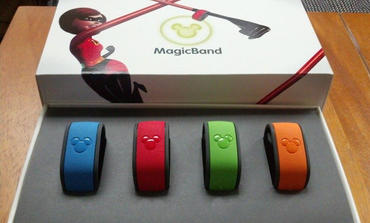
Ten examples of IoT and big data working well together
Finally, remember that this increasing reliance on big data is ultimately helpful. Knowing the numbers will help you plan better and serve your customers better. And the better your planning and service, the better you will profit and the longer your business will thrive.

